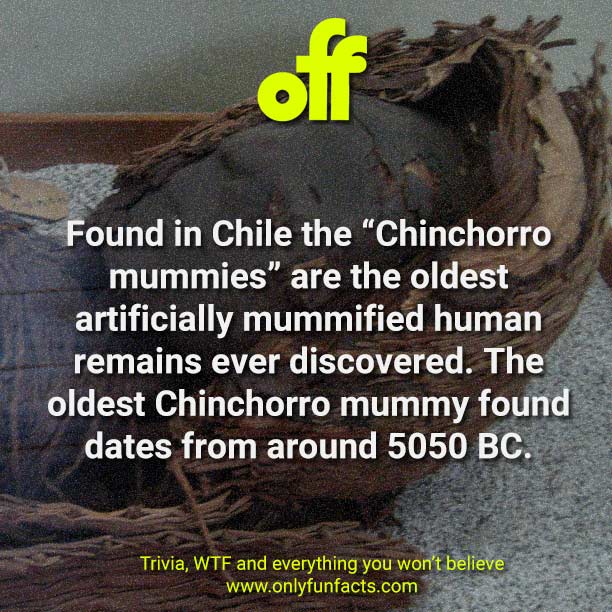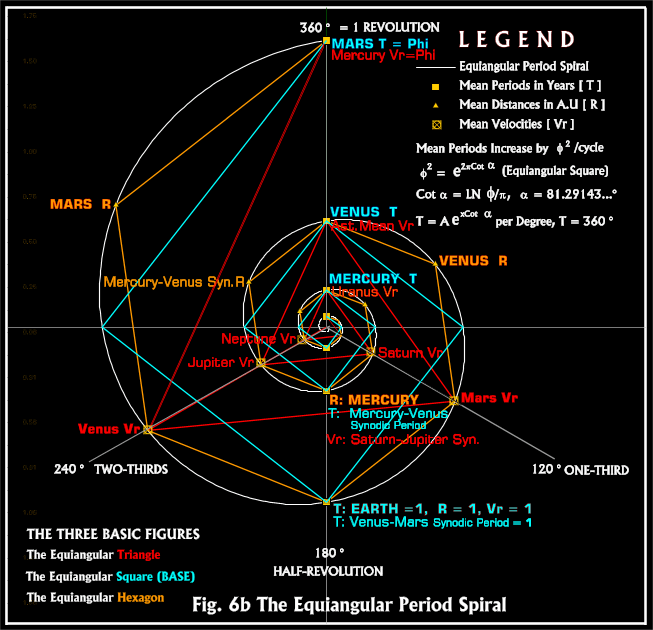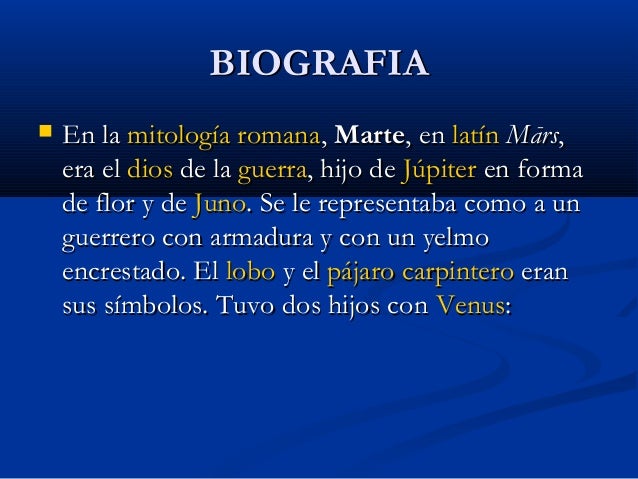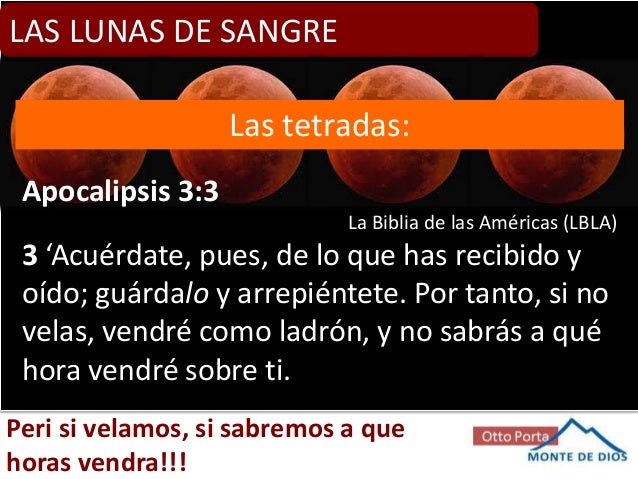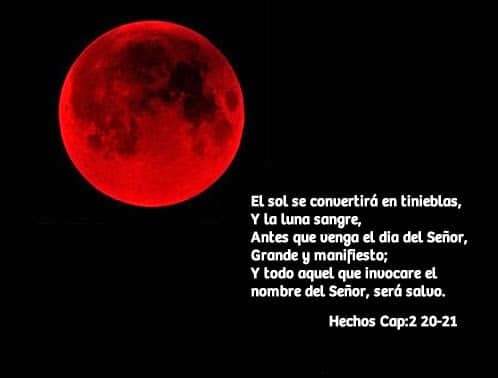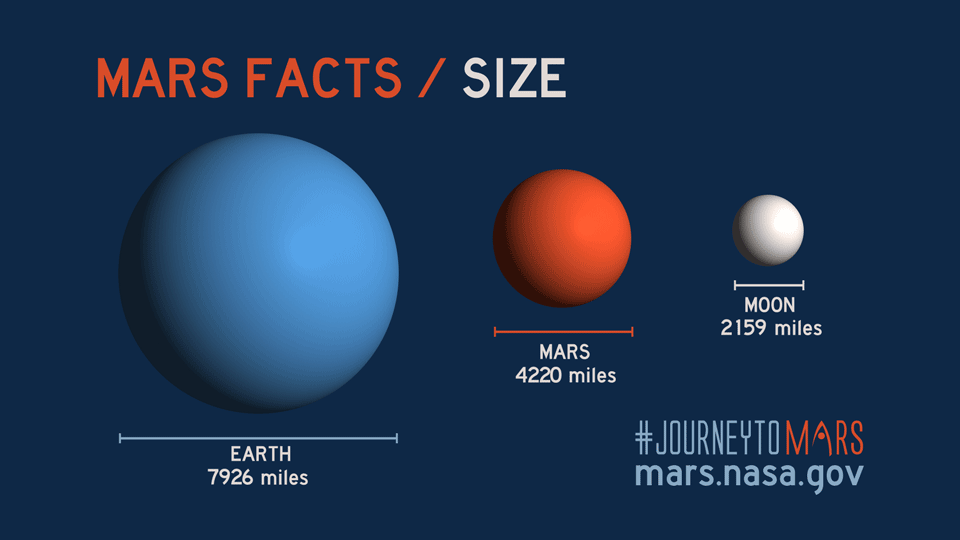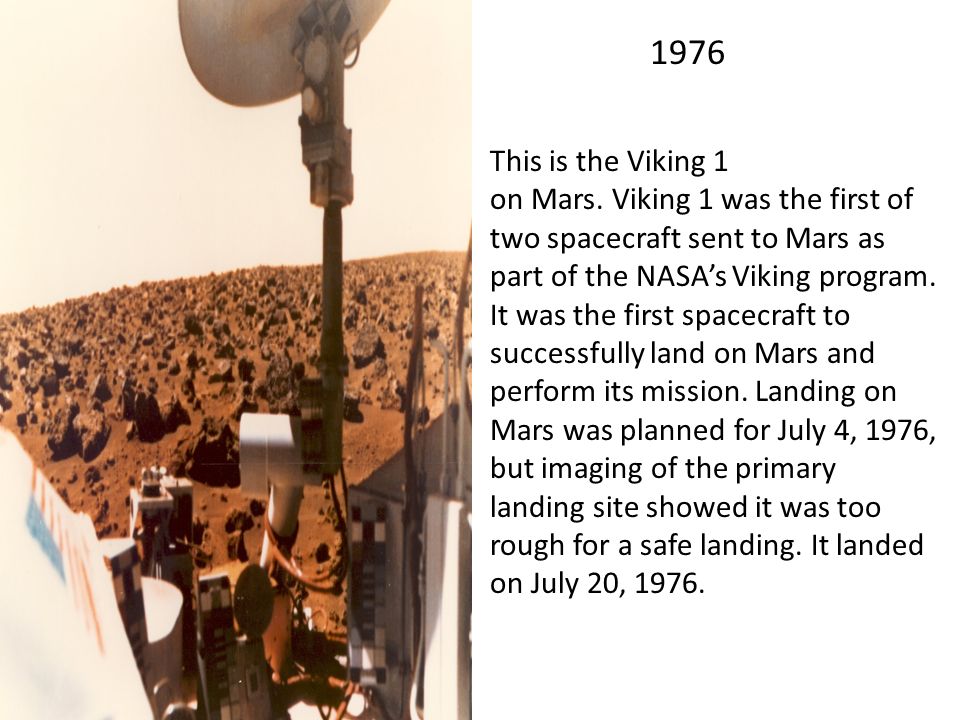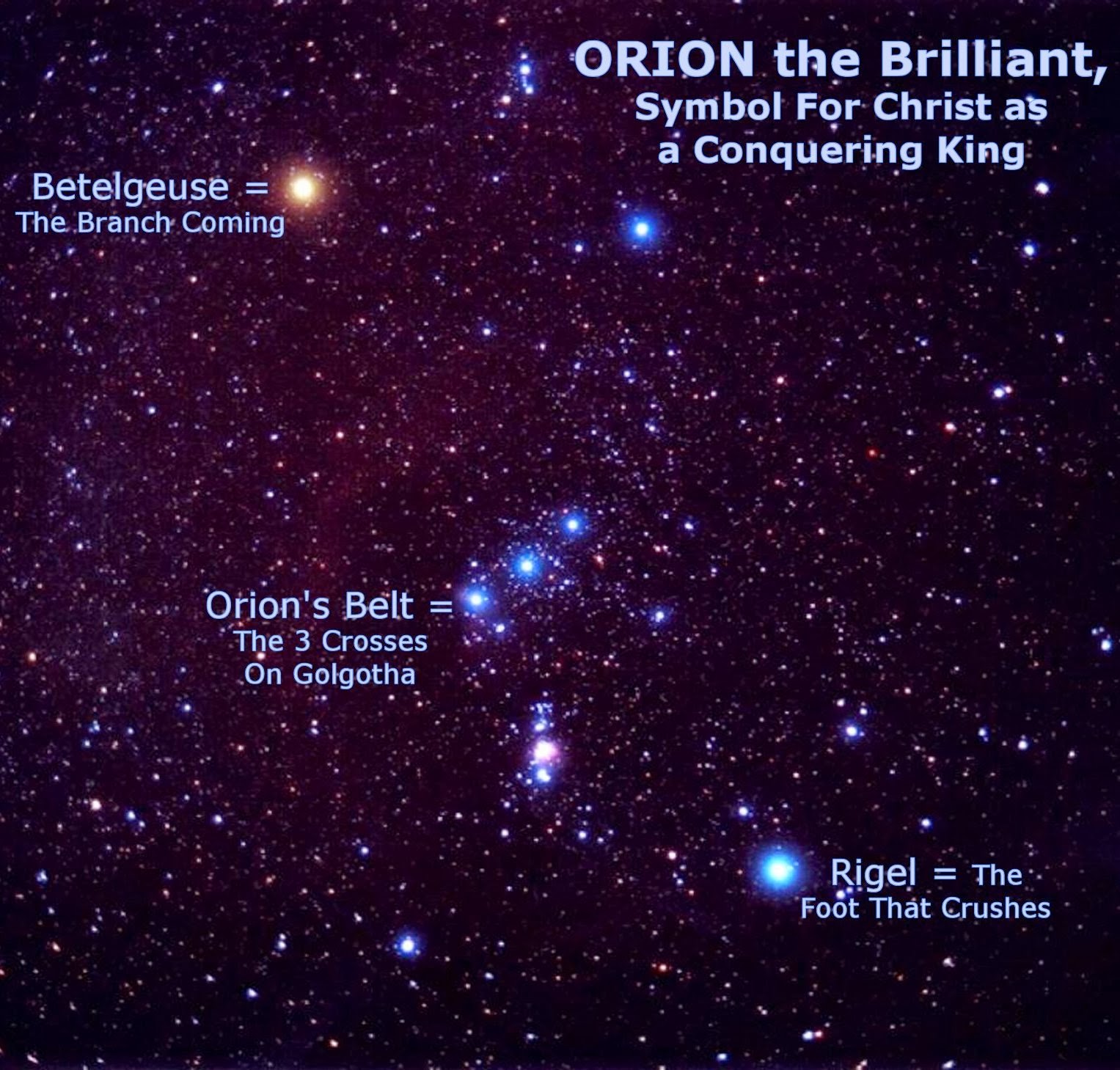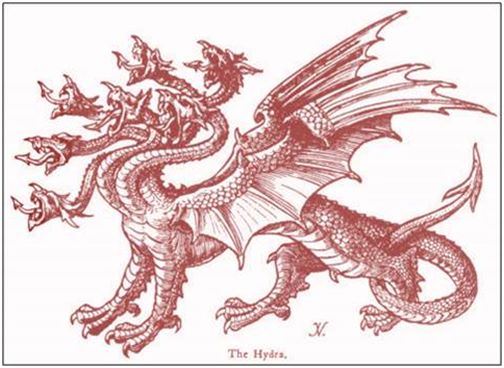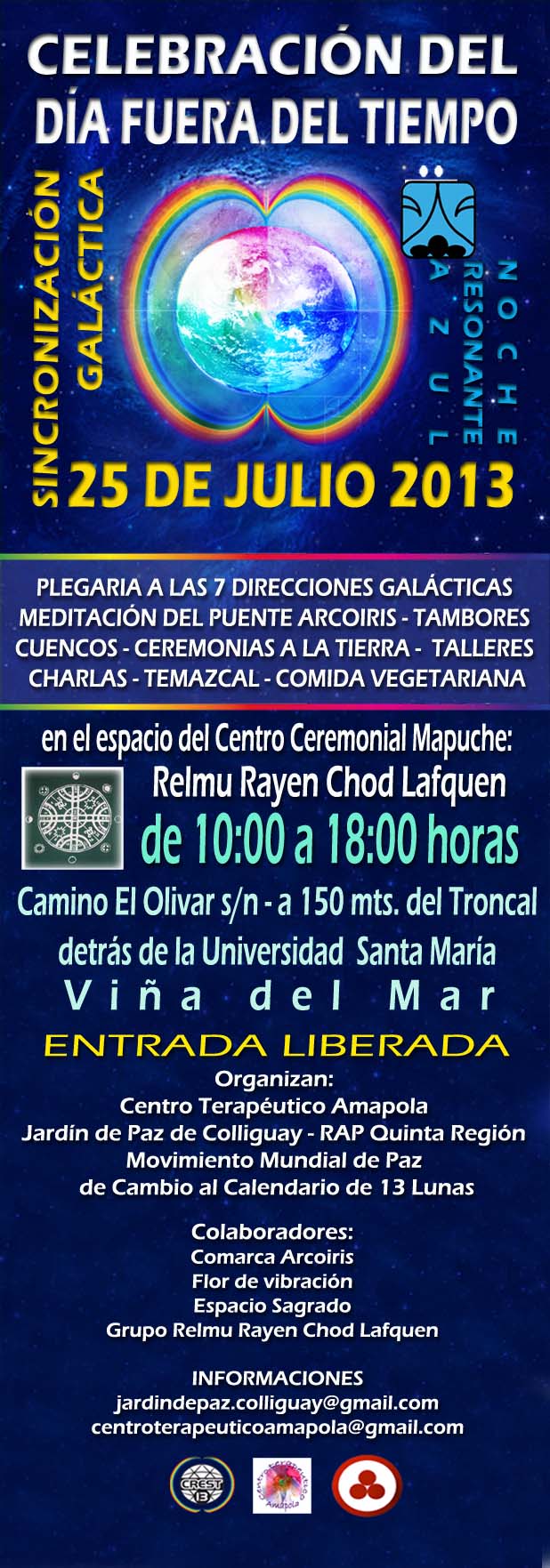In light of the above there seems little doubt that in general and in the present astronomical context in particular, Spira Solaris qualifies to be described numerically as "the One and the Many," the "One and the All," "the Alpha and the Omega," and also (from The Chaldean Oracles): "Fountain of Fountains, and of All Fountains,
The Matrix of all Things."
.....
Pythagoras said the sacred Tetractys is: ` the spring having the roots of ever-flowing nature.' .... The four parts of the Decad, this perfect number, are called number, monad, power and cube. And the interweavings and minglings of these in the origin of growth are what naturally completes nascent number; for when a power of a power; and a cube is multiplied on a cube, it is the power of a cube; and when a cube is multiplied on a cube, the cube of a cube; thus all numbers, from which arise the genesis of what arises, are seven: number, monad, power, cube, power of a power, power of a cube, and cube of a cube.
.....
We have seen that the whole nature of things, all the essential properties of physis, were believed by the Pythagoreans to be contained in the tetractys of the decad; and it now appears that, just as we should expect, this ' fountain of ever-flowing nature' contains the periodic movement of life, evolving out of unity and reverting to unity again, in the recurrent revolution of a wheel of birth. It embodies the fundamental Dionysiac representation of palingenesia.
But there is something more in it than this. Pythagoras inherited the music of Orpheus, as well as the reincarnation doctrine of Dionysus. From the Orphics he inherited also the doctrine of the fall of the soul from its first perfect state of union with the divine, its degradation into the darkness of this life and of the underworld, and its final restoration to peace and unity. Now, on the model of this doctrine of the fall of the soul, the Pythagorean philosophy must hold that all existence proceeds out of the One and returns to it again; and that the One alone is perfect, while the manifold world of visible body is a turbid medium of appearance, in which the one truth is half-revealed and half-concealed, as the divine soul is manifest in the flesh and yet obscured by it and degraded.
There is thus, inherent in the representation handed down from Orphism to Pythagoras, not only the primitive wheel of birth, but another aspect of the movement of life, which is best described as a processional movement out of unity into plurality, out of light into darkness. This movement, also, must be revealed in the nature of numbers, and contained in the tetractys. Pythagoras found it in the procession of numerical series, the study of which he originated, thereby rounding the science of number. It is practically certain, also, that in music he discovered the ratios of the octave, the fifth, and the fourth, contained in the harmonic proportion 12: 8: 6. Now a progression like those contained in the tetractys of Plato's worldsoul --the series, 1: 2: 4: 8, 1: 3: 9: 27– is what the Pythagoreans called an harmonia; it is a continuous entity knit together by a principle of unity running through it, namely the logos or ratio (1/2 or 1/3) which links every term to its predecessor by the same bond. Both series, moreover, radiate from the One, which in Pythagorean arithmetic was not itself a number, but the source in which the whole nature of all numbers was gathered up and implicit. When we note, further, that every number is not only a many, but also one number, we can see how Pythagoras would find the whole movement of cosmic evolution contained in the procession of series, in which the One passes out of itself into a manifold, yet without losing all its unity, and a return from the many to the One is secured by that bond of proportion which runs, backwards and forwards, through the whole series and links it into a ' harmony.' It is thus that we must understand the doctrine that ' the whole Heaven is harmony and number.' The processional movement of physis is modelled upon that of soul, which falls from its first state of union with the divine, but yet remains linked to the One life by mysterious bonds, and can return to it again, purified by music.
......
As for the "geometric figure", that we may already have (whether applicable here or not) and although the concept of "organic motion" may strike some modern readers as strange, it is nevertheless an underlying feature in many ancient major works--the Timaeus of Plato especially. Here it may also be observed that by expressing the exponents of this short section of the Phi-series planetary framework in thirds, the sets [3, 6, 9 , [4, 8, 12] and [6, 12, 18] are also apparent--sets that may or may not be considered further with respect to other passages in Plato, etc.
......
It is in the same fashion that the Timaeus also tries to give a physical account of how the soul moves its body; the soul, it is there said, is in movement, and so owing to their mutual implication moves the body also. After compounding the soul-substance out of the elements and dividing it in accordance with the harmonic numbers, in order that it may possess a connate sensibility for 'harmony' and that the whole may move in movements well attuned, the Demiurge bent the straight line into a circle; this single circle he divided into two circles united at two common points; one of these he subdivided into seven circles. All this implies that the movements of the soul are identified with the local movements of the heavens. (Aristotle, On the Soul)
......
Mind is the monad, science or knowledge the dyad (because it goes undeviatingly from one point to another), opinion the number of the plane, sensation the number of the solid; the numbers are by him expressly identified with the Forms themselves or principles, and are formed out of the elements; now things are apprehended either by mind or science or opinion or sensation, and these same numbers are the Forms of things. Some thinkers, accepting both premises, viz. that the soul is both originative of movement and cognitive, have compounded it of both and declared the soul to be a self-moving number. (Aristotle, On the Soul)
......
Thus that in the soul which is called mind (by mind I mean that whereby the soul thinks and judges) is, before it thinks, not actually any real thing. For this reason it cannot reasonably be regarded as blended with the body: if so, it would acquire some quality, e.g. warmth or cold, or even have an organ like the sensitive faculty: as it is, it has none. It was a good idea to call the soul 'the place of forms', though (1) this description holds only of the intellective soul, and (2) even this is the forms only potentially, not actually. (Aristotle, On the Soul)
.....
there will be a need for several sciences. The first and most important of them is likewise that which treats of pure numbers--not numbers concreted in bodies, but the whole generation of the series of odd and even, and the effects which it contributes to the nature of things. When all this has been mastered, next in order comes what is called by the very ludicrous name mensuration, but is really a manifest assimilation to one another of numbers which are naturally dissimilar, effected by reference to areas. Now to a man who can comprehend this, it will be plain that this is no mere feat of human skill, but a miracle of God's contrivance. Next, numbers raised to the third power and thus presenting an analogy with three-dimensional things. Here again he assimilates the dissimilar by a second science, which those who hit on the discovery have named stereometry [the gauging of solids], a device of God's contriving which breeds amazement in those who fix their gaze on it and consider how universal nature molds form and type by the constant revolution of potency and its converse about the double in the various progressions. The first example of this ratio of the double in the advancing number series is that of 1 to 2; double of this is the ratio of their second powers [ 4 ], and double of this again the advance to the solid and tangible, as we proceed from 1 to 8 [ 1, 2, 2^2, 2^3]; the advance to a mean of the double, that mean which is equidistant from lesser and greater term [the arithmetical], or the other mean [the harmonic] which exceeds the one term and is itself exceeded by the other by the same fraction of the respective terms--these ratios of 3 : 2 and 4 : 3 will be found as means between 6 and 2: why, in the potency of the mean between these terms [ 6 x 2 ], with its double sense, we have a gift from the blessed choir of the Muses to which mankind owes the boon of the play of consonance and measure, with all they contribute to rhythm and melody.
So much, then, for our program as a whole. But to crown it all, we must go on to the generation of things divine, the fairest and most heavenly spectacle God has vouchsafed to the eye of man. And: believe me, no man will ever behold that spectacle without the studies we have described, and so be able to boast that he has won it by an easy route. Moreover, in all our sessions for study we are to relate the single fact to its species; there are questions to be asked and erroneous theses to be refuted. We may truly say that this is ever the prime test, and the best a man can have; as for tests that profess to be such but are not, there is no labor so fruitlessly thrown away as that spent on them. We must also grasp the accuracy of the periodic times and the precision with which they complete the various celestial motions, and this is where a believer in our doctrine that soul is both older and more divine than body will appreciate the beauty and justice of the saying that ' all things are full of gods ' and that we have never been left unheeded by the forgetfulness or carelessness of the higher powers. There is one observation to be made about all such matters. If a man grasps the several questions aright, the benefit accruing to him who thus learns his lesson in the proper way is great indeed; if he cannot, 'twill ever be the better course to call on God. Now the proper way is this--so much explanation is unavoidable. To the man who pursues his studies in the proper way, all geometric constructions, all systems of numbers, all duly constituted melodic progressions, the single ordered scheme of all celestial revolutions, should disclose themselves, and disclose themselves they will, if, as I say, a man pursues his studies aright with his mind's eye fixed on their single end. As such a man reflects, he will receive the revelation of a single bond of natural interconnection between all these problems. If such matters are handled in any other spirit, a man, as I am saying, will need to invoke his luck. We may rest assured that without these qualifications the happy will not make their appearance in any society; this is the method, this the pabulum, these the studies demanded; hard or easy, this is the road we must tread. (The Collected Dialogues of Plato)
http://www.spirasolaris.ca/sbb4d.html |













